“Using Nothing More Than Newton’s Laws Of Gravitation, We Astronomers Can Confidently Predict That
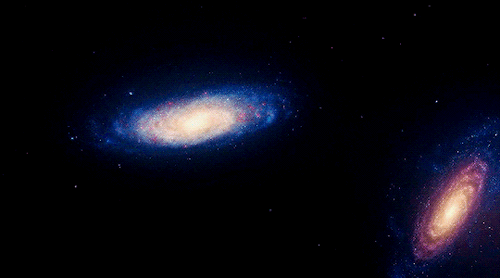
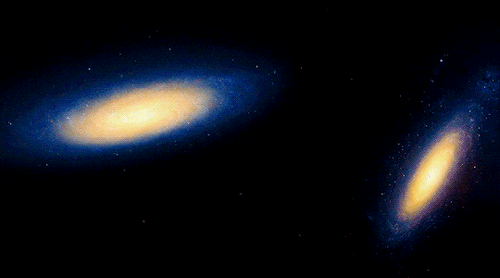
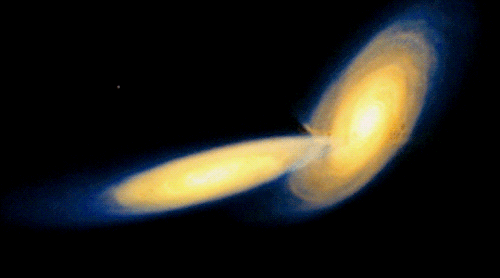
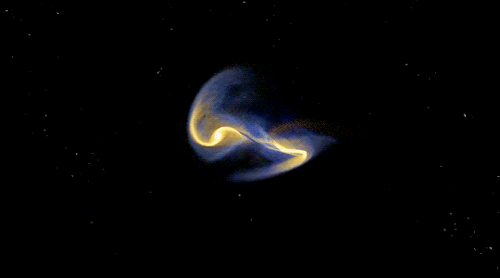
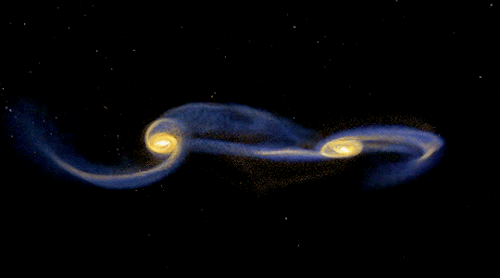
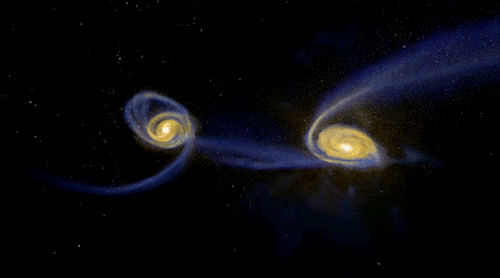
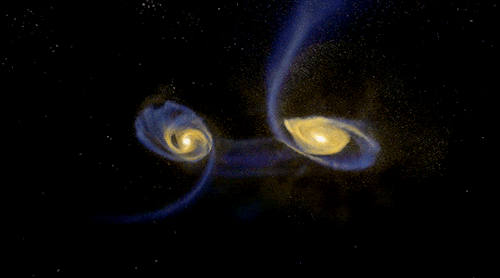
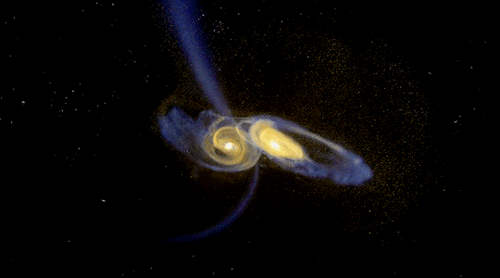
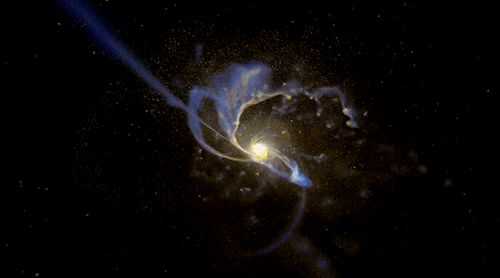
“Using nothing more than Newton’s laws of gravitation, we astronomers can confidently predict that several billion years from now, our home galaxy, the Milky Way, will merge with our neighboring galaxy Andromeda. Because the distances between the stars are so great compared to their sizes, few if any stars in either galaxy will actually collide.
Any life on the worlds of that far-off future should be safe, but they would be treated to an amazing, billion-year-long light show a dance of a half a trillion stars to music first heard on one little world by a man who had but one true friend.”
COSMOS: A Spacetime Odyssey (2014) written by Ann Druyan and Steven Soter
More Posts from Sidusglacies and Others

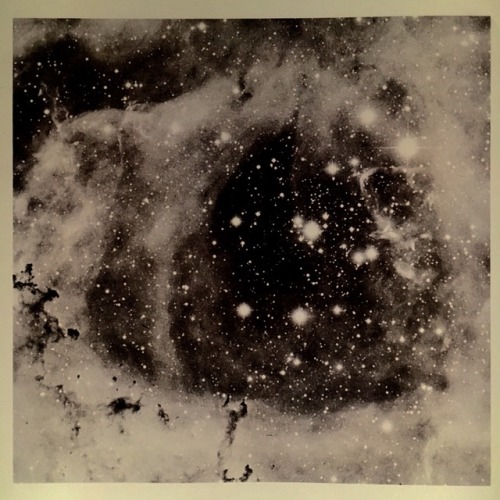
“This is a small example from an ambitious all-sky photographic survey completed during the mid to late 20th century. Every piece of sky was photographed on large glass plates. This astrophotography provided a catalog for astronomers to use in seeking out targets and planning observations. It is also an archival snapshot of the entire sky. Over 1,000 of these photographic plates were later digitized into a database used to aim Hubble.” (from the book Hubble’s Universe: Greatest Discoveries and Latest Images)



Undulatus asperatus
Undulatus asperatus is a new separate cloud classification currently on petition to be added to the official list of observable cloud types. If accepted as a distinct cloud type, it will be the first addition to the list of cloud types since cirrus intortus was added in 1951. It was proposed by the founder of The Cloud Appreciation Society. Recognition of the cloud classification is still pending.
The experience of these clouds is as if, it is said, one were below the Sea looking up at the surface of the water. Yet when they occur, there reportedly is little to no turbulence at the land surface. The clouds are most common in the Great Plains of the United States following thunderstorm activity in the earlier parts of the day.






- space;the physical universe beyond the earth’s atmosphere//mod carter




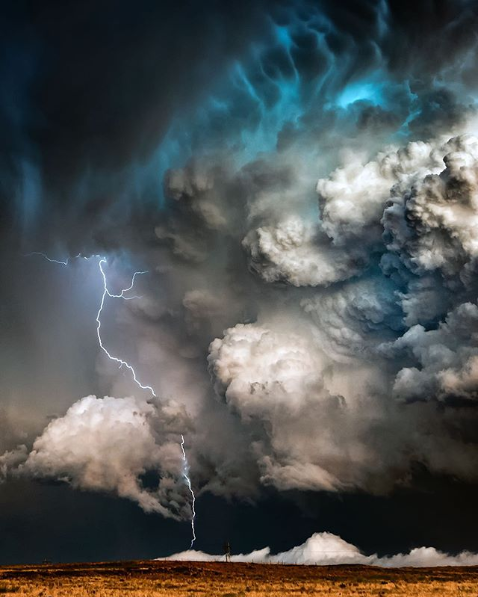
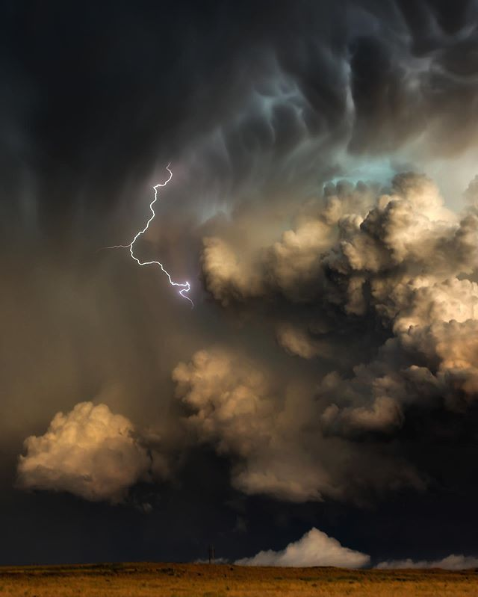
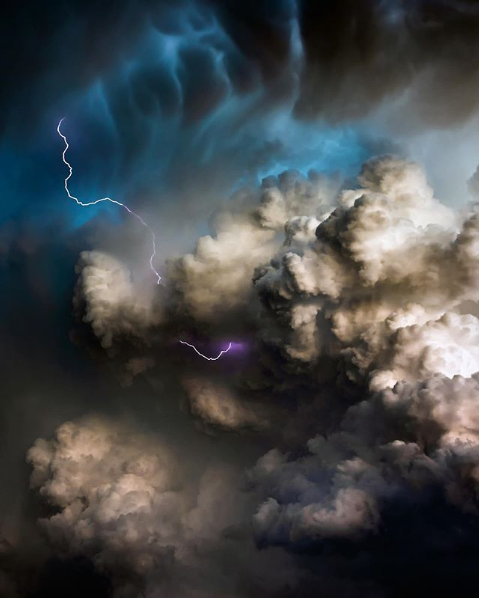
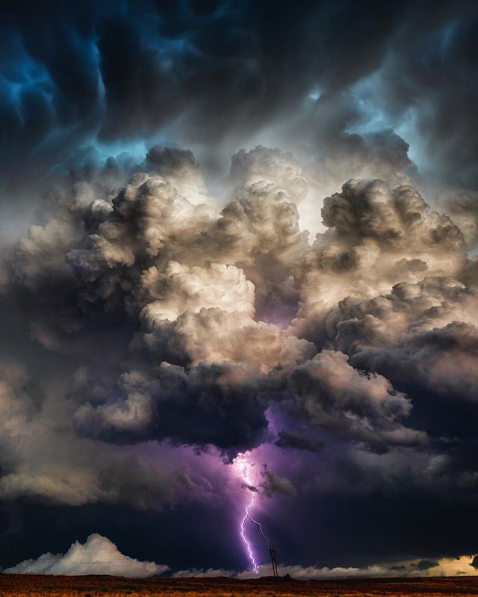
photography by Adam Kyle Jackson powerful nature









space goddess




The future in space, painted by Ron Miller.
Light pillars are a rare optical phenomenon in which ice crystals in the atmosphere reflect sources of light in a vertical formation. Long, illuminated beams can form above or below sources of artificial or natural light due to the air being extremely cold.



What drives auroras on Saturn? To help find out, scientists have sorted through hundreds of infrared images of Saturn taken by the Cassini spacecraft for other purposes, trying to find enough aurora images to correlate changes and make movies. Once made, some movies clearly show that Saturnian auroras can change not only with the angle of the Sun, but also as the planet rotates. Furthermore, some auroral changes appear related to waves in Saturn's magnetosphere likely caused by Saturn's moons. Pictured here, a false-colored image taken in 2007 shows Saturn in three bands of infrared light. The rings reflect relatively blue sunlight, while the planet itself glows in comparatively low energy red. A band of southern aurora in visible in green. In has recently been found that auroras heat Saturn's upper atmosphere. Understanding Saturn's auroras is a path toward a better understanding of Earth's auroras.
Image Credit: NASA, Cassini, VIMS Team, U. Arizona, U. Leicester, JPL, ASI
-
 marinecorvid liked this · 3 months ago
marinecorvid liked this · 3 months ago -
 awindylife liked this · 7 months ago
awindylife liked this · 7 months ago -
 chocky-chocky liked this · 8 months ago
chocky-chocky liked this · 8 months ago -
 andarilh0o liked this · 9 months ago
andarilh0o liked this · 9 months ago -
 dutchs-blog liked this · 9 months ago
dutchs-blog liked this · 9 months ago -
 shannybangbang reblogged this · 9 months ago
shannybangbang reblogged this · 9 months ago -
 darkacademiaaesthete liked this · 9 months ago
darkacademiaaesthete liked this · 9 months ago -
 msscribe-stan reblogged this · 9 months ago
msscribe-stan reblogged this · 9 months ago -
 stylistic-nightmare reblogged this · 10 months ago
stylistic-nightmare reblogged this · 10 months ago -
 journeythroughtherain reblogged this · 10 months ago
journeythroughtherain reblogged this · 10 months ago -
 blackbirkin liked this · 10 months ago
blackbirkin liked this · 10 months ago -
 themoabird liked this · 10 months ago
themoabird liked this · 10 months ago -
 arboreal-elm-ash-oak reblogged this · 10 months ago
arboreal-elm-ash-oak reblogged this · 10 months ago -
 arboreal-elm-ash-oak liked this · 10 months ago
arboreal-elm-ash-oak liked this · 10 months ago -
 msscribe-stan liked this · 10 months ago
msscribe-stan liked this · 10 months ago -
 lunaemoth reblogged this · 10 months ago
lunaemoth reblogged this · 10 months ago -
 iamgroot65 liked this · 10 months ago
iamgroot65 liked this · 10 months ago -
 prettypinkthe liked this · 10 months ago
prettypinkthe liked this · 10 months ago -
 whitewalker13 liked this · 10 months ago
whitewalker13 liked this · 10 months ago -
 thebronxchick reblogged this · 10 months ago
thebronxchick reblogged this · 10 months ago -
 gensounohana reblogged this · 10 months ago
gensounohana reblogged this · 10 months ago -
 hesmoremyselfthaniam liked this · 10 months ago
hesmoremyselfthaniam liked this · 10 months ago -
 hekate-gf liked this · 10 months ago
hekate-gf liked this · 10 months ago -
 trailmix-7 reblogged this · 10 months ago
trailmix-7 reblogged this · 10 months ago -
 crissy-mystique reblogged this · 10 months ago
crissy-mystique reblogged this · 10 months ago -
 veggiesforthelionking reblogged this · 10 months ago
veggiesforthelionking reblogged this · 10 months ago -
 veggiesforthelionking liked this · 10 months ago
veggiesforthelionking liked this · 10 months ago -
 roguelioness-blog reblogged this · 10 months ago
roguelioness-blog reblogged this · 10 months ago -
 roguelioness-blog liked this · 10 months ago
roguelioness-blog liked this · 10 months ago -
 originalromanticsir liked this · 10 months ago
originalromanticsir liked this · 10 months ago -
 originalromanticsir reblogged this · 10 months ago
originalromanticsir reblogged this · 10 months ago -
 spiralmovements liked this · 10 months ago
spiralmovements liked this · 10 months ago -
 thebluecallsme liked this · 10 months ago
thebluecallsme liked this · 10 months ago -
 thebluecallsme reblogged this · 10 months ago
thebluecallsme reblogged this · 10 months ago -
 vistadreams reblogged this · 10 months ago
vistadreams reblogged this · 10 months ago -
 lizzy52955 liked this · 11 months ago
lizzy52955 liked this · 11 months ago -
 wyrmfedgrave liked this · 11 months ago
wyrmfedgrave liked this · 11 months ago -
 oldbeast reblogged this · 11 months ago
oldbeast reblogged this · 11 months ago -
 tallpawl reblogged this · 11 months ago
tallpawl reblogged this · 11 months ago -
 imaketherules-myshitsindemand reblogged this · 11 months ago
imaketherules-myshitsindemand reblogged this · 11 months ago -
 everydayiseaster reblogged this · 11 months ago
everydayiseaster reblogged this · 11 months ago -
 itsrrrrrrrr reblogged this · 11 months ago
itsrrrrrrrr reblogged this · 11 months ago -
 oshea55 liked this · 11 months ago
oshea55 liked this · 11 months ago -
 tearsinthemist reblogged this · 11 months ago
tearsinthemist reblogged this · 11 months ago -
 tearsinthemist liked this · 11 months ago
tearsinthemist liked this · 11 months ago -
 oshea55 reblogged this · 11 months ago
oshea55 reblogged this · 11 months ago
